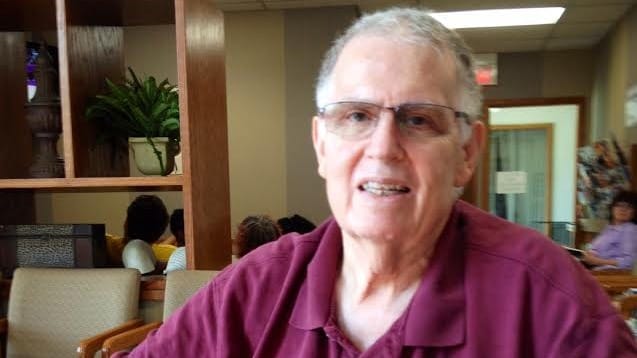For Sicker or for Poorer: When Lewy Body’s Breaks a Wife’s Heart and her Bank Book
Beth Taylor’s caregiving story is not so unusual. But in 2007, Steve began showing symptoms that Beth believed to be Alzheimer’s Disease. Steve said it was just old age. it was Lewy Body

Author: David Heitz
Beth Taylor's caregiving journey is an all-too-relatable tale of love, loss, and the financial strain that often accompanies caring for a spouse with Lewy Body Dementia. Introduced to her husband Steve in 1996 through America Online, their lives intertwined, leading to a marriage in 1998.
In 2007, their lives took an unexpected turn when Steve exhibited symptoms that Beth initially attributed to Alzheimer's Disease. However, after a hospital stay and subsequent diagnosis during rehab, it was revealed that Steve had Lewy Body Dementia, a condition akin to Pick's Disease.
Beth vividly describes the overwhelming challenges faced by caregivers as Lewy Body Dementia progresses, from sudden blood pressure drops to depression, anxiety, anger, and cognitive decline. Short-term memory problems became a heartbreaking daily reality for Beth as she devoted herself to round-the-clock care.
While Beth doesn't regret being Steve's primary caregiver, she acknowledges the necessity of respite care, highlighting the importance of programs like InTouch Adult Care Center. Facing potential closure due to delayed Medicaid payments, the center was fortunately saved by Help at Home, providing crucial support to caregivers like Beth.
Sharing a poignant moment captured in a photograph from August 3, 2012, Beth reminisces about a "really good day" before the full onset of Lewy Body Dementia. A day filled with alertness, love, and conversation, contrasting sharply with the challenges that lay ahead.
Beth emphasizes the financial strain that often accompanies caregiving, especially when the caregiving journey ends in the loss of a spouse. Following Steve's passing on July 9, 2013, Beth found herself without his income and health insurance, leaving her in a precarious financial situation.
Beth raises a crucial question for presidential candidates: Why does a woman, who has dedicated her life to caring for her husband, have to wait until the age of 60 to collect Social Security Widow's Benefits? Particularly when she may be unable to work due to the aftermath of caregiving responsibilities, leaving her financially vulnerable.
Highlighted by caregiver Sharon Clayton, the current system penalizes those who opt for Social Security Widow's Benefits before retirement age, resulting in reduced monthly payments. Both Beth and Sharon advocate for policy changes to better support family caregivers, who contribute over $470 billion in unpaid care.
Providing insightful information on Social Security Widow's Benefits, the article underscores the need for reforms to aid family caregivers, often left at or below the poverty level at the end of their caregiving journeys. Changes are essential to sustain the invaluable support these caregivers provide, preventing an overwhelming burden on the long-term care industry.

An update from Beth reveals that she began receiving Social Security Widow's Benefits at the age of 60, providing much-needed financial relief. Now settled in a two-bedroom apartment, Beth reflects on regaining a sense of security after navigating the complexities of caregiving, loss, and financial instability.
The article concludes by shedding light on Lewy Body Dementia, an often-misdiagnosed condition with symptoms ranging from cognitive changes to movement difficulties. It calls for increased awareness and understanding of this complex disease that affects not only the individual diagnosed but also their caregivers and loved ones.
Our Resource section can help you find the information and tools that you need. We have courses, videos, checklists, guidebooks, cheat sheets, how-to guides and more.
You can get started by clicking on the link below. We know that taking care of a loved one is hard work, but with our help you can get the support that you need.
Click here to go to Resource Section now!
You might also like this article:





